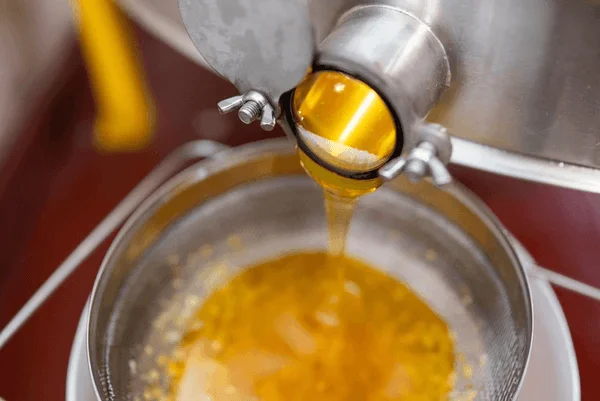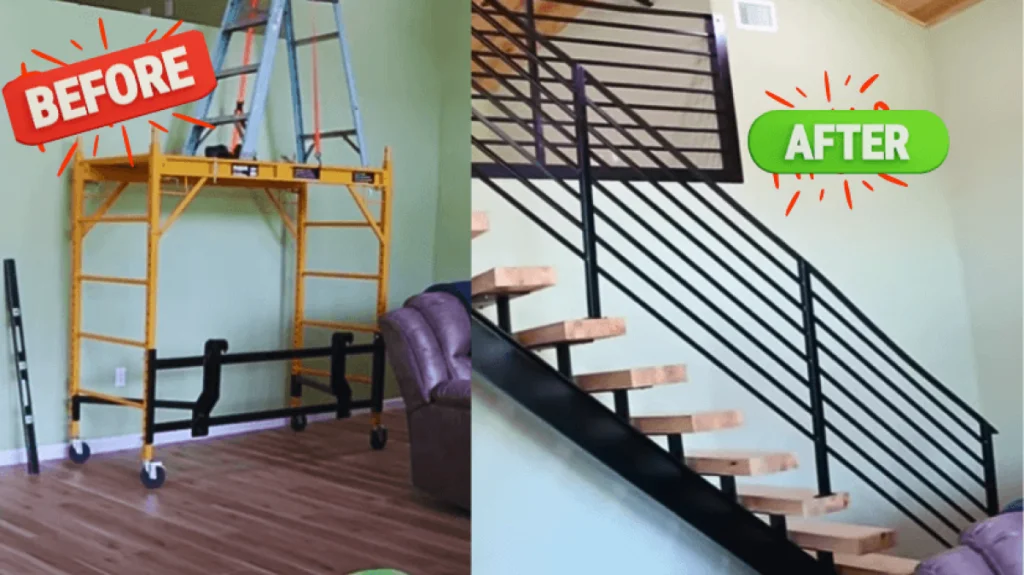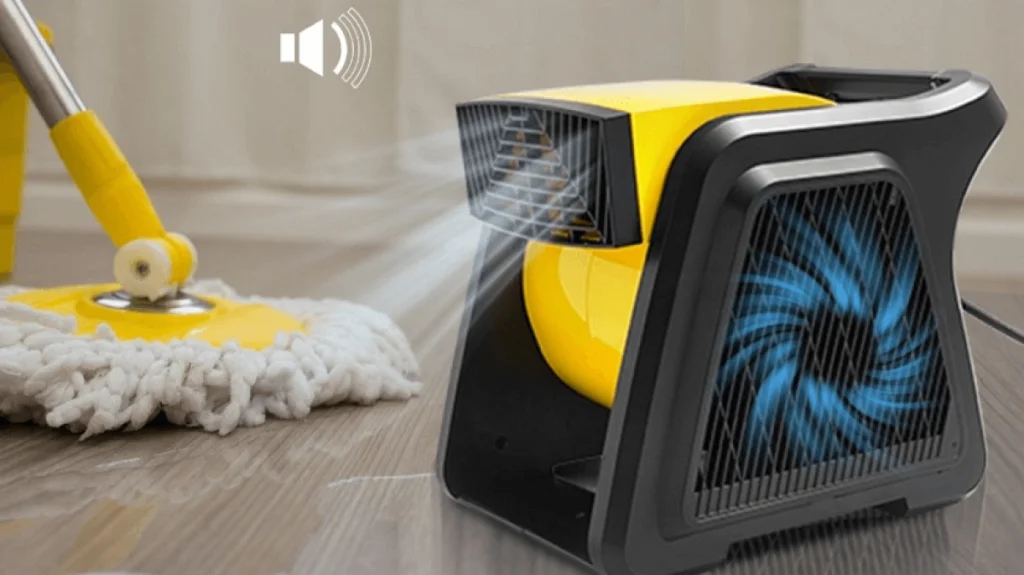Are you a beekeeper considering how to maximize your honey extraction processes? You probably appreciate the rare value of a honey extractor to purchase one. However, one challenge honey extractors often pose concerns with cleaning them. Besides the benefit of maximizing the amount of honey garnered via extraction, a properly cleaned honey extractor is required for health and safety regulations globally.
Moreover, working with clean equipment keeps diseases away while boosting the quality of honey produced in a shorter time. Also, the quality of the honey extractor you have will play a huge role in your overall experience as a beekeeper. For the most effective and productive bee production, we recommend that you invest in high-quality extractors, like VEVOR’s Honey Extractor. The VEVOR models guarantee superior honey extraction and seamless maintenance.
If you already own a honey extractor (hopefully one with sufficient quality), the rest of this guide shows you how to clean a honey extractor like a pro beekeeper – whether or not you’re a first-time user.
Table of contents
- Pre-Cleaning Steps: Preparing Your Honey Extractor for Cleaning
- Step-by-Step Guide on How to Clean a Honey Extractor
- Maintenance Tips for Long-Lasting Extractors
- Best Practices for Shared or Borrowed Extractors
- FAQs on Cleaning Honey Extractors
- Conclusion: Keep Your Honey Extractor Clean for Pure Honey Quality
Pre-Cleaning Steps: Preparing Your Honey Extractor for Cleaning
After using a honey extractor, some honey coating will remain inside the barrel. While using a hose with cold water can take care of this mess right away, doing so would waste the residual honey. Additionally, the presence of messy wax could take more effort to eliminate. Here’s why pro extractors look for alternative steps like those in this guide to clean their honey extractor.
But first, the entire process begins with a few pre-cleaning steps, including:
- Removing residual honey
- Disassembling parts if possible
- Avoiding contaminants
Remove Residual Honey
The first pre-cleaning step involves removing any leftover honey. Close the valve or honey gate and tilt the unit so that the liquid aggregate is in one spot. Leave overnight and allow honey to drain. To get the best results, set the room’s heating at a high temperature, reducing the honey’s viscosity. Collect any honey in a container the next day and run it through a sieve or mesh.
Disassemble Parts If Possible
Some honey extractors have removable parts that could contain residual honey unreachable via the last step. You want to remove these parts to clean hard-to-reach areas. Consider using a long handle spatula, bamboo skewer, or long arms if you have them to loosen any honey left.
Avoid Contaminants
Avoid using soap in cleaning your honey extractor. If you must, use minimal quantity and rinse very, very well to avoid contamination. You also want to cover your honey extractor with a sheet-like material to keep dust and pests out.
Recommended For Your Project
Step-by-Step Guide on How to Clean a Honey Extractor
This section contains a step-by-step guide on how to clean a honey extractor. To clean the honey extractor, you want to:
- Rinse with cold water
- Scrape and loosen residual wax
- Use warm water for a thorough rinse
- Sanitize with food-grade solutions
- Dry the extractor
Step 1 – Rinse with Cold Water
The first step in our guide on how to clean honey extractors involves rinsing with cold water. Once you’re ready to wash out the residual honey, wax, and propolis from the extractor:
- Level the extractor
- Close the honey gate securely
- Fill it completely using cold or cool water and leave overnight
- Empty out the water, and rinse well with more cool/cold water
- Mop up the dregs using a clean kitchen towel
- Dry using a hair dryer set on “low”
Avoid using hot water as it melts any residual wax, making the equipment harder to clean. The easiest way to complete a wash is to stand the extractor in the garden late in the evening (after the bees stop flying), fill it from the hosepipe, and then empty it early the next morning.
By this time, most of the honey residues will have dissolved. You may then wipe out the extractor and dry using a hairdryer. You only need to hang one inside the extractor for half an hour, and set on the lowest heat setting while periodically repositioning to get into all the corners. The extractor’s stainless steel drum warms very quickly, transmitting the heat throughout the extractor.
Step 2 – Scrape and Loosen Residual Wax
After washing using cold water, you can be sure there’ll remain some residual wax around the equipment. You want to scrape and loosen residual wax, preferably using tools like rubber spatulas or bamboo skewers to remove wax and propolis buildup. Note that using non-abrasive tools can go a long way in protecting the extractor’s metal surface.
Step 3 – Use Warm Water for Thorough Rinse
Warm water is ideal for more stubborn residues. Note the recommendation of warm water – and not hot water (degrees Fahrenheit and above) – as extremely high temperatures can smear wax. Using warm water can ensure a more thorough rinse that seamlessly gets all wax, propolis, and even soap constituents out of the extractor.
Step 4 – Sanitize with Food-Grade Solutions
Using food-grade solutions can help prevent cross-contamination of allergens and other harmful materials between different production batches. Similarly, using food-grade cleaners helps to ensure that your facility complies with HACCP regulations (alongside local and international food safety regulators like the US Food and Drug Administration and the UK Food Standards Agency).
Lastly, sanitizing your honey extractors with appropriate food-grade cleaners reduces the risk of allergens and foodborne diseases like E.coli, Salmonella, and Listeria, safeguarding all end users. Common food-grade cleaners include: degreases, detergents, sanitizers, disinfectants, dry ice technology, and steam cleaning.
Step 5 – Dry the Extractor
Placing a damp extractor in storage could encourage mold, rust, and damage. You want to allow the equipment to dry first to avoid rust, damage, or mold. Consider using a low-heat hair dryer or air drying in a clean area for effective drying.
Maintenance Tips for Long-Lasting Extractors
Regardless of the quality of the honey extractor you purchase, adequate maintenance is required to last you long years of productive service. Below are some helpful maintenance tips to keep your honey extractor up and running for long. Thankfully, you require minimal maintenance except you run a commercial honey extractor with many moving parts.
Prevent Wear and Tear
You want to conduct routine cleaning for your honey extractor, especially during seasons of highly active usage. Regular cleaning prevents honey and debris buildup that can cause damage and friction to moving parts of your honey extractor. Also, conduct a thorough clean before a first-time usage and at the end of the harvest season.
Check Moving Parts
You want to inspect and lubricate gears if necessary. However, avoid oiling unnecessary parts like the honey gate to prevent contaminating your eventual produce. Check the gearbox and bearings are in good condition. Thankfully, most units don’t need lubricating with grease and oil. However, inspecting and lubricating gears helps to avoid rust and keep the equipment up and running for longer.
Protect from External Contaminants
Store your honey extractor in a dry place to avoid dust, pests, and unnecessary exposure to environmental elements. Remember to cover the equipment using a sheet before storing it for long at the end of the harvest season.
Best Practices for Shared or Borrowed Extractors
Explain additional cleaning steps to ensure shared extractors are free from contaminants that could transfer to the honey. Emphasize soaking in a bleach or vinegar solution for extra sanitization.

Avoid using hot water to clean beekeeping equipment like honey extractors. Using hot water causes the wax to melt and smear, making cleanup trickier. Cool water, on the other hand, makes the wax brittle, causing it to flake off easier.
Similarly, avoid leaving the extractor outside for bees to clean up. Doing so may encourage robbing and spreading disease. If your extractor’s lower bearings are exposed, consider covering them with cleaning wrap during washing.
Suppose you don’t have a heater for overnight honey removal. Consider investing in a homebrew heating pad or belt. These heating pads give off a constant low heat that can be left on for long periods.
FAQs on Cleaning Honey Extractors
Cleaning your honey extractor is straightforward once you stick to the manufacturer’s instructions and follow the tips shared here. This section contains a helpful FAQ guide on cleaning honey extractors to resolve any lingering questions you may have about honey extractors.
How Often Should I Clean My Honey Extractor?
Do you use your honey extractor regularly? Cleaning after each extraction is ideal. Otherwise, consider periodic cleaning at the beginning or end of the harvest season to keep your extractor in good shape all year long.
Can I Use Soap on My Extractor?
Most experts recommend against using soap on your extractor. However, if you must use a cleaning solution, mild soap is acceptable. You also want to ensure thorough rinsing on your extractor after each cleaning to avoid any contamination risks.
Is Disassembly Necessary?
Yes, disassembly is necessary to ensure a more holistic cleaning process. It ensures deeper cleaning of hard-to-reach parts and prolongs the life of your extractor.
Conclusion: Keep Your Honey Extractor Clean for Pure Honey Quality
Honey extractors can be pricey. So ensuring to keep them clean and well-maintained is always worth the effort. For instance, leftover honey could also support the growth of mold, and cause the extractor to rust or damage faster. You can rest assured of more efficient equipment and longer years of useful life with a quality honey extractor.
Thankfully, honey extractors require minimal maintenance so you don’t have to worry about scheduling large portions of the weekend or long hours elsewhere for a DIY extractor cleanup. Lastly, remember to read the manufacturer’s instructions to remain safe throughout your honey-extracting experience. Also regularly check the extractor for wear and tear and fix any issues immediately to maintain efficiency in crafting pure, contaminant-free honey.
Note that using high-quality honey extractor like those from VEVOR can go a long way in making your honey harvesting experience more efficient and enjoyable. Visit the VEVOR website to check out the brand’s collection of honey extractors today for superior honey extraction and seamless maintenance today.





